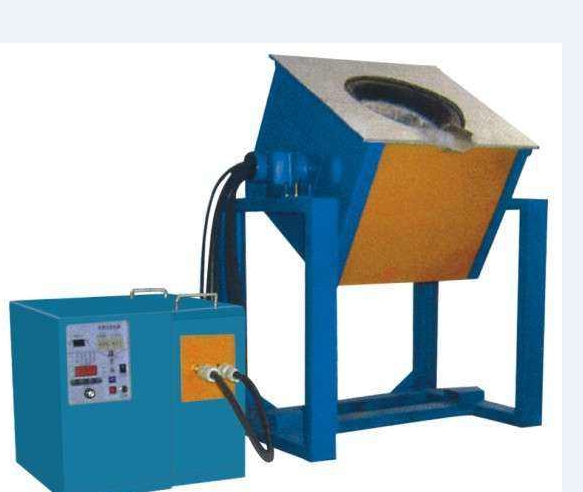- 27
- Oct
What problems should be paid attention to during copper alloy smelting ?
What problems should be paid attention to during copper alloy smelting ?
1. Do not take samples on the surface of copper liquid for performance test . Copper alloys are easy to oxidize and get gas, and the slag and gas content on the liquid surface is significantly higher than that of the lower copper liquid ; therefore, the performance test done by sampling the copper liquid surface is not accurate. For correct sampling, after fully stirring the copper liquid, use a sampling spoon to scoop up the molten metal from the bottom of the crucible.
2. The time of smelting should be controlled . The time from the start of melting to the end of melting is called the melting time. The length of the melting time not only affects the productivity, but also obviously affects the quality of the cast parts. The increase of the melting time will increase the element burning rate of the alloy and increase the chance of inhalation. Therefore, the melting work should be completed in the shortest time. When permitted, try to increase the preheating temperature of the charge, the operation should be compact, and the action should be rapid.
3. The stirring rod used for smelting should be a carbon rod. If other stirring materials such as iron rods are used, the iron rods will melt during the stirring process, which will affect the chemical composition of the alloy. At the same time, if the preheating temperature of the iron rod in the furnace is relatively high or the stirring time is longer, the oxides on the iron rod will enter the alloy liquid and become impurities ; if the preheating temperature of the iron rod is low, the alloy will be stirred during stirring. It must be attached to the iron rod, which can be observed in production.
4. The use of covering agent during smelting. For smelting copper alloys, the amount of covering agent is generally : 0.8%-1.2% of the weight of the charge when using glass and borax , because the thickness of the covering layer is 10-15mm; When using charcoal, the dosage is 0.5%-.0.7% of the weight of the charge . To maintain the thickness of the covering layer of 25-35mm, the stripping of the covering agent is generally carried out before pouring. Too early will increase the oxidation and suction of the copper alloy. If charcoal is used as the covering agent and the slag blocking effect is good, the covering agent may not be stripped off, so that it also plays a role of blocking the slag during the pouring process, and the effect is more ideal.

